Why does spider mite appear on cucumbers: what to do to overcome the pest and save the crop
A spider mite is one of the most common pests in a summer cottage or in a vegetable garden. The small arachnid multiplies quickly and is capable of completely destroying the crop. Why a spider mite appears on cucumbers and what to do with it, not all gardeners know.
In this article we will tell you about how to recognize pest on vegetables, what are the reasons for its appearance, how to deal with it and what are the methods of preventing plant damage.
The content of the article
Who is a spider mite
The spider mite (in the photo below the leaves affected by it) is a representative of arachnids, a thunderstorm of a huge number of plants, both greenhouse and growing in open ground. Arachnids are red, orange, green-yellow and almost transparent.
The body shape of the tick is elongated, oval. In size it reaches 0.5–1 mm, but, feeding on the juice of cucumber leaves, swells up to 2 mm.
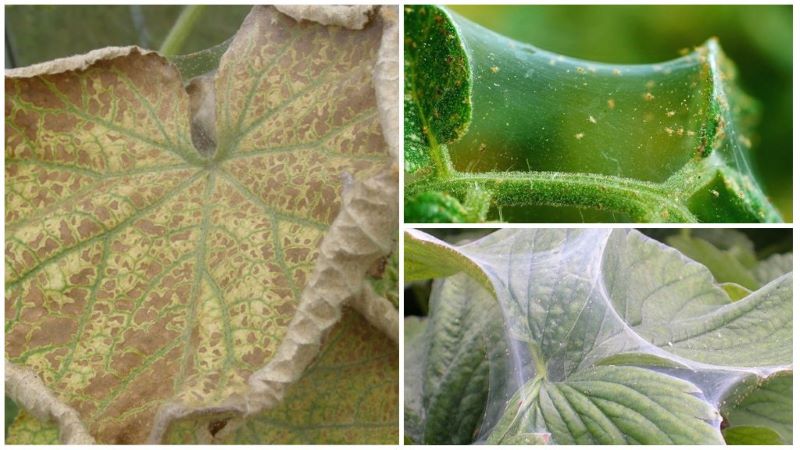 The females of this arachnid are very fertile: each of them lays up to 8000 eggs per season. In just a few days, the larva turns into a sexually mature individual, ready for further reproduction.
The females of this arachnid are very fertile: each of them lays up to 8000 eggs per season. In just a few days, the larva turns into a sexually mature individual, ready for further reproduction.
Therefore, it is extremely important to notice the pest on cucumbers in time, otherwise it will completely destroy the seedlings.
Signs of defeat
Due to their small size, it is extremely difficult to see the arachnids themselves on cucumbers. Therefore, it is necessary to know the signs of plant damage by a spider mite. The photo shows cucumbers infected with this pest.
The consecutive symptoms of the lesion are as follows:
- On the back of the leaves, plants appear first barely noticeable light points. Over time, with more and more damage, these points turn into spots.
- The infected vegetable begins to cover with barely noticeable almost transparent spider web... The more damaged the cucumber, the more cobwebs on it.
- A sharp slowdown in plant growth. It can be seen with the naked eye, especially if healthy ones grow next to the infected vegetable.
- Leaves turn yellow gradually... If the pest is not stopped in time, the diseased plant will completely wither.
Harm done
Ticks reproduce at an incredible rate and feed on plant sap. This leads to their drying out and wilting, death. Further, the pest spreads to neighboring crops and kills them.
If you do not start fighting the spider mite in time, the entire crop and other plants in the area or in the greenhouse may die.
Reasons for the appearance
Why and under what conditions does spider mite appear on cucumbers? It hibernates on fallen leaves, in the upper soil layer, in manure and greenhouses. It can overwinter near the planting site of cucumbers and move to them, or it can simply be brought by the wind. Therefore, it is extremely difficult to protect plants from a pest.
The spider mite is activated and multiplies only in favorable conditions for it - dry and warm. These arachnids love temperatures around + 30 ° C and above, as well as as dry air as possible. At the same time, arachnids do not tolerate moisture above 60%, and their larvae stop developing in such conditions.
How to deal with spider mites on cucumbers
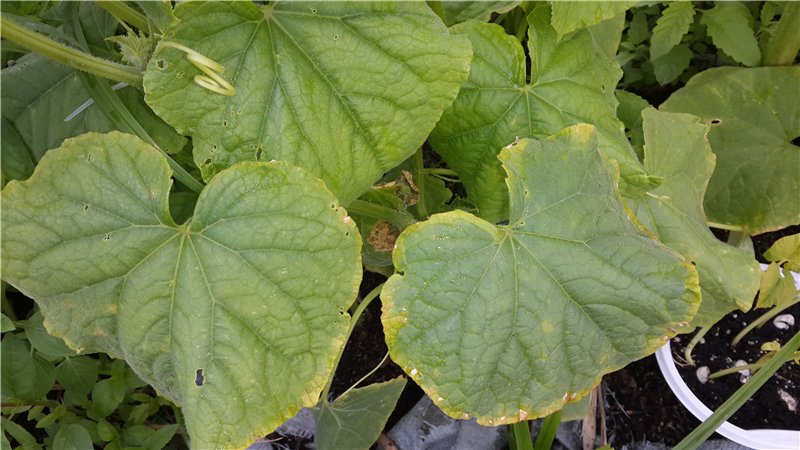
There are many different ways to deal with a pest. However, it adapts rather quickly to some chemicals, so it is best to know a few remedies.
To begin with, you should use the means at hand, and in the absence of a result, resort to folk methods, biological products or acaricides.
Improvised means
With the timely detection of a spider mite, when only individual leaves of plants are affected, it is possible to destroy the pest by removing and burning these leaves. If more than 40% of the leaf plates are already affected, then this method will not help.
The dead plant must be urgently dug up and burned, preventing the tick from spreading to other crops.
The next option for getting rid of the pest is to increase the moisture level in the place where the cucumbers grow. It is easier to do this in a greenhouse than outdoors. Magnification glaze and spraying the leaves of the plant can stop the spider mite from multiplying.
Phytoseiulus will help to defeat the pest. This is a predatory representative of arachnids, which feeds including spider mites. It does not harm plants and humans, but it will help rid the cucumbers of a dangerous pest. It is necessary to populate phytoseiulus for vegetables once every 3 weeks.
Planting plants next to cucumbers that repel arachnids will help get rid of pests. To do this, use dill, wormwood, garlic, onions, mint or calendula.
If a vegetable is slightly infected, it can be process hydrogen peroxide, turpentine or ammonia. These solutions destroy newly emerging spider mite colonies localized on individual plants.
Traditional methods
Often gardeners prefer decoctions and infusions of various herbs to chemicals and biologicals:
- Infusion of aloe: Pass 2 kg of aloe through a meat grinder and dilute in a bucket of water with 50 g of laundry soap.
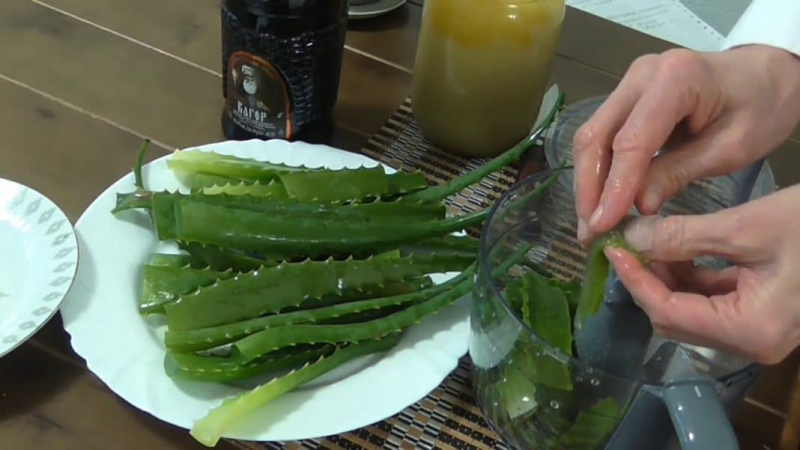
- Marigold decoction: Pour half a bucket of marigolds with warm water and leave for 2 days. After that strain the broth and add 40 g of laundry soap. Spray the plants with the resulting solution.
- Infusion of tomato tops: Soak 1 kg of dry and fresh tomato tops in a bucket of hot water for 4 hours, then add 40 g of soap.
- Horse sorrel infusion: 300 g of plants are infused in a bucket of warm water for 2–4 hours.
- Hot pepper decoction: Boil 100 g of hot pepper in 1 liter of water for 2 hours. Dilute each 150 ml of the broth in a bucket of water, adding 40 g of laundry soap.
- Wormwood infusion: 200 g of a plant is infused in a liter of water for 12 hours.
- Dandelion infusion: Soak 25 g of dandelions for 2 hours in a liter of warm water.
Spraying is done 1-2 times a week for a month, after which it is necessary to take a break of 20 days. Then the procedure is repeated.
If the methods do not help or you do not trust folk methods, you can turn to biologics and chemicals to combat spider mites.
Biologicals
It is better to resort to chemicals only as a last resort. Biological preparations are not dangerous for humans and plants. After processing them, the fruits can be consumed after 2 days, while in the case of acaricides, a whole month should pass.
The most effective and popular biological drugs for spider mites include:
- «Fitoverm". It is based on the waste products of soil microorganisms. Processing is carried out during the growing season. It is desirable that at this time there was dry, clear and calm weather. When using the drug, pests die in about 3 days, and the maximum effect is achieved on 5-7 days. 1 ampoule is diluted in 1 liter of water. Processing is carried out 4 times with an interval of 8-9 days. The drug belongs to the 3rd hazard class, therefore it is practically safe for mammals. The working solution cannot be stored.
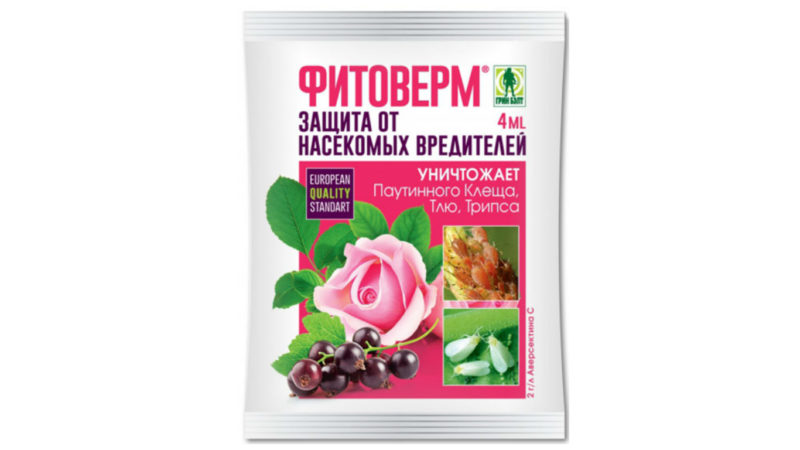
- «Kleschevit". The tool kills ticks already 3-4 days after treatment and does not cause immunity in them. The procedure is carried out during the growing season with an interval of 20 days, in calm weather, early in the morning or in the evening. 10 ml of the drug is added to 1 liter of water. The working solution cannot be stored.
- Iskra Bio... The drug actively works in hot weather, its effectiveness increases with an increase in air temperature (from +25 ° C). When processing cucumbers for spider mites, 1 ml of the product must be diluted in 1 liter of water.
Biological products "Akarin" and "Kleschegon Super" have similar characteristics and action.
Important! "Fitoverm" rather quickly causes adaptation in the tick, so it is unlikely that it will be possible to remove it again with this drug.
Acaricides
If the defeat is significant, gardeners resort to at least - chemical means. Simple insecticides are not suitable for controlling spider mites, since these are not insects, but arachnids (arachnids).
Acaricides will help save cucumbers from the pest. The main and popular ones are:
- «Actellic". One ampoule must be diluted in a liter of water, pour the solution into a spray bottle and spray. Process during the growing season.
- «Plant-Pin "and" Etisso". The funds are similar in their action. They come in the form of sticks that need to be stuck into the ground next to the infected plant. During watering, the substance will begin to dissolve and be absorbed into the soil, while helping the cucumbers to get rid of the spider mite.
- «Talstar". Universal insecticide and acaricide. To combat spider mites, 0.3 ml of the drug is dissolved in a liter of water. Spraying is carried out during the growing season.
Important! Acaricides are dangerous and toxic. Therefore, use a respirator and clothing that covers all skin areas. It is better to discard rubber gloves after using drugs. Wash hands and face thoroughly after use. Avoid contact with eyes and exposed skin.
General processing rules
Despite the fact that all of the listed drugs are different in composition, danger and method of application, there are general rules for processing cucumbers from spider mites.
The main thing is not to spray during the day, especially in sunny weather, otherwise the plant may get burned. It is better to process cucumbers early in the morning (before 10:00) and in the evening (after 18).
Not all means can be used during the flowering period of cucumbers., as you can scare away insects pollinating it.
After processing with biological products, the fruits can be eaten in 2-3 days, with acaricides - in a month.
Drug solutions are not subject to storage. Spray plants, the soil beneath them, supports and greenhouse structures.
Important! Be sure to follow the precautions and strictly follow the instructions for the funds.
Features of the fight in the greenhouse and open field
Measures to control spider mites on cucumbers in open ground and in a greenhouse are different.
In the garden or on the site, before planting cucumbers, the earth is carefully dug up, the plants are carefully and constantly examined, if infected leaves are found, they are cut off and burned.
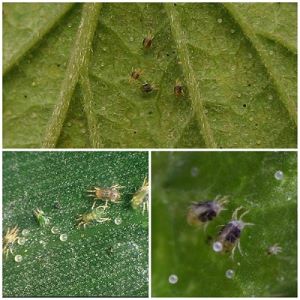 First of all, the spider mite begins to develop on the weeds around the plant, so the ground must be weeded systematically. The detected focus of infection is treated with drugs.
First of all, the spider mite begins to develop on the weeds around the plant, so the ground must be weeded systematically. The detected focus of infection is treated with drugs.
Excellent conditions are created in the greenhouse for the development of these pests: high temperature and not always high humidity. Therefore, it is greenhouse plants that are more susceptible to infection.
The spider mite does not tolerate humidity above 60%, therefore, at the first signs of the appearance of arachnids, gardeners are advised to increase the humidity in the greenhouse to 80-85%.
In addition to the main methods, fumigation of the entire structure after harvest and in spring is also used in greenhouses for the prevention and control of ticks. The trellis is burned with a gas burner, and the soil is fertilized with phosphorus mixtures.
After harvesting, the top soil layer is removed to remove ticks and their larvae from the greenhouse, preparing for wintering.
Preventive measures
In the fall, clear the planting site of cucumbers from plant residues and debris, remove the topsoil and disinfect the greenhouse. It is better to burn the tapestries and pipes with the fire of a gas burner.
Alternate planting with tomatoes.Weed the soil around the vegetables at all times. Maintain a constant high humidity in the greenhouse. On hot days, spray the plants throughout the day.
Plant cucumbers well apart from each other to make it difficult for the ticks to move from one plant to another. You can plant other crops between them.
Professional advice
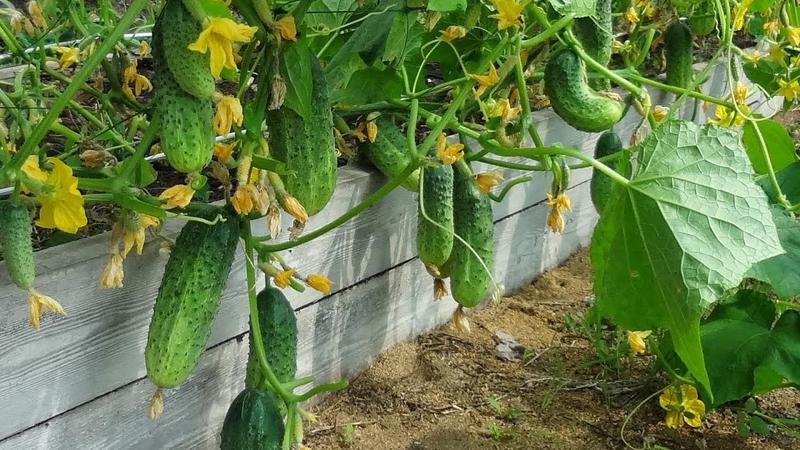
The spider mite hibernates in the upper layer of the soil and in the spring moves to weeds, developing on them, and then switching to cucumbers. Experienced gardeners advise planting a lawn around the plants to reduce the frequency of weeding and weed growth.
If you find infected vegetables, spray them every 5-15 days (depending on the spread of the tick and the period of crop development).
Experienced gardeners also praise the planting of the phytoseiulus tick. Leaves with individuals of this species are placed under the plant, after which the predator begins to hunt. Predatory mites are sold in specialized garden stores.
If these methods do not help, gardeners turn to chemicals - acaricides. The main thing is to carefully follow the instructions for their use and take precautions.
Read also:
Conclusion
Fighting spider mites on cucumbers is not an easy task. This is aggravated by the fact that it is extremely difficult to notice the pest in the early stages of infection, and it successfully adapts to some drugs.
Carefully examine the leaves of plants and weed the soil, and when you find the first signs of the disease, do not hesitate to treat the cucumbers. When processing vegetables with chemicals, follow the instructions carefully and do not forget about safety precautions.